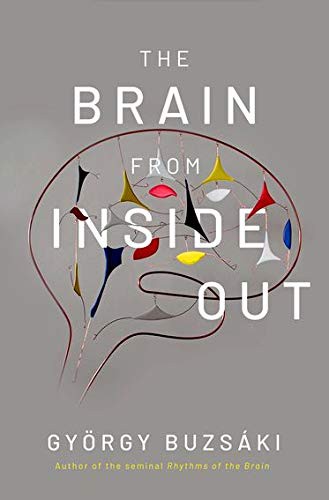Peter W. Flint finished reading The Brain from Inside Out by György Buzsáki MD PhD
Pretty convincing argument for inverting the current neuroscience paradigm with implications for mental health treatment and AI development. The current paradigm, “outside-in,” studies the brain from theories of mind developed from behavior and observation prior to effective measurement tools. Buzsaki believes this perspective has outworn its usefulness and suggests reorienting ourselves around what we know about brain systems. That is, by testing specific neural functions and observing the behaviors that arise, rather than observing a behavior and investigating the neural mechanisms behind them. This is in part due to ways in which separate systems within the brain intersect and reinforce each other to produce a vast variety of behaviors all from the same base networks. One example being the 6000+ languages that all arise from the same region of the brain.
The main thesis refutes the tabula rasa paradigm, that the brain is a blank space onto which experience is written. Rather, the brain possesses a certain number of patterning templates (ie gestalts) that it compares and derives relationships from in the real world. Two systems, one generalizing/non-specific and the other precision-based/specific, work together to assign attention and meaning to various phenomena. These are eerily similar to the fast/slow systems described by Kahnemann et al, though both arrived at their conclusions separately.
Highly recommend this book to anyone interested in consciousness and theory of mind.

